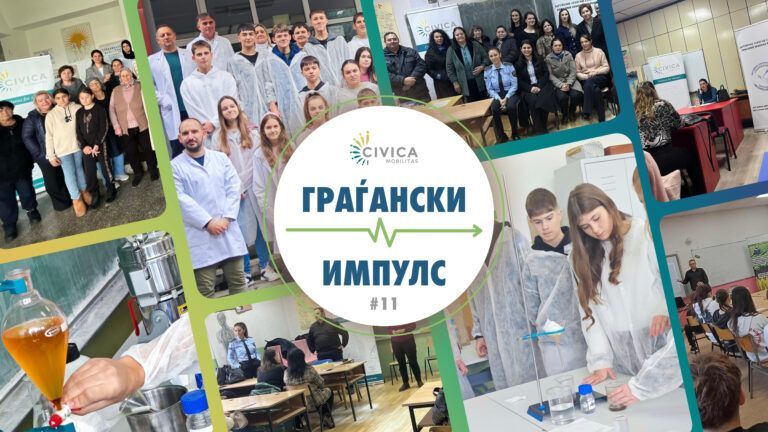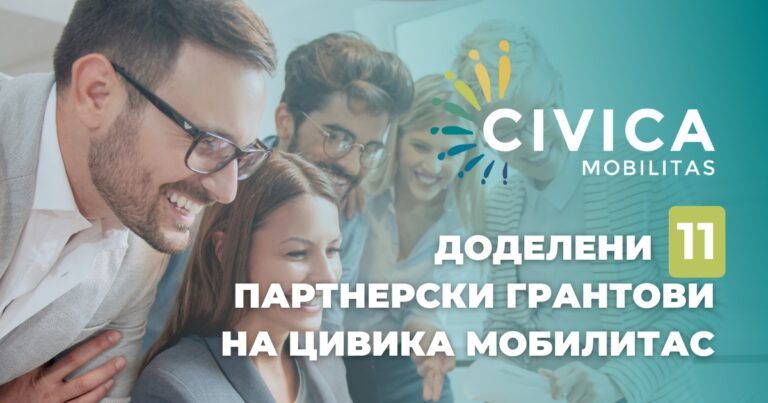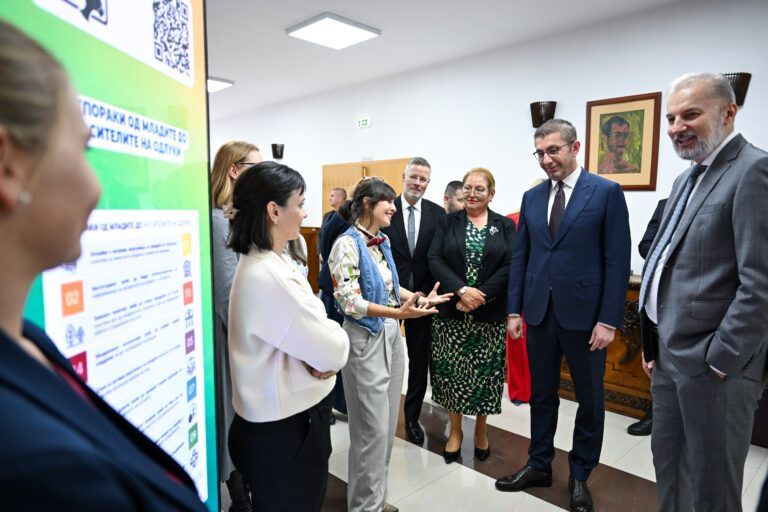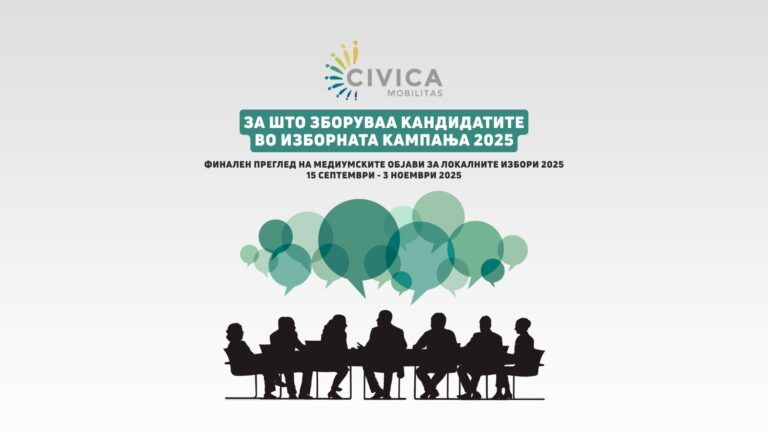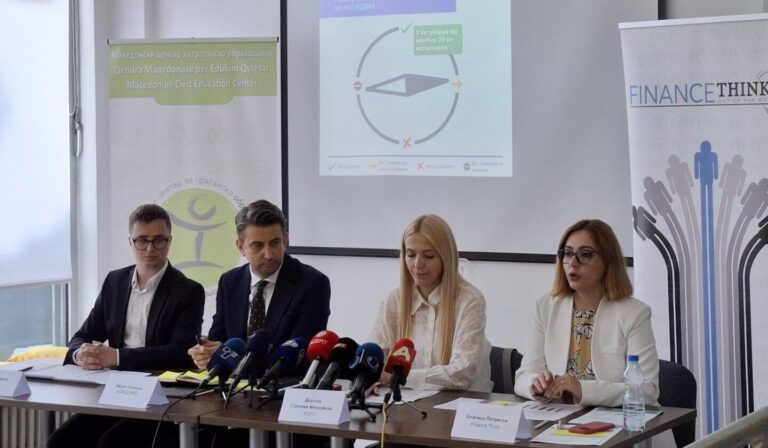What Did the Candidates Talk About in the Election Campaign? Monthly Overview of Media Posts
Monthly Overview of Media Articles (15th September – 14th October 2025)
What did the candidates talk about in the election campaign?
The local elections were one of the predominant topics in the media space with more than 11,000 media articles and more than 1,100 posts on the social networks. The analysis reveals a clear picture: the election campaign is conducted in the field on specific, local solutions, while the topics of transparency, accountability and civil society remain almost fully absent from the public debate.
Predominant themes: education, local services, transport
Several clear thematic lines dominated in the media and digital space in the last month. Education has emerged as an absolute priority in the traditional media and on social networks. Schools and kindergartens were constantly mentioned, which can indicate that families and young parents are the key target group.
Local issues – waste management, hygiene of the settlements – are the second predominant topics, followed by public transport, which has become the central contents, especially with the candidates from the bigger municipalities. The promises for new bus lines, the old-new Bus Rapid Transit system, the bus lanes and free transport have reoccurred throughout the whole campaign.
The formula that functions in this campaign is: specific projects + clear timeframe = highest engagement. Opening of parks, reconstruction of boulevards, placing garbage containers, construction of kindergartens – as long as there is a visual component and timeframe, generate reactions.
Gap between the media and civil agenda
One of the most significant finds is the gap between what the media write about and what the audience reacts to. The traditional media have paid significant attention to EU integrations – a topic that is among the five most mentioned in the journalist articles. Still, when one analyses the topics that generate the biggest engagement on the social networks, EU integrations are not on the list at all.
The citizens rather react to topics such as health, environment and everyday local services. This gap is critical and it indicates that while media frame the debate through a geopolitical and institutional prism, the public discussion is much more focused on direct, personal concerns: quality of health care, environment safety and the state of affairs of local infrastructure.
The campaigns that manage to bridge this gap – for example, by relating the investments in local hospitals or control of the pollution with European standards – are those that resonate at both levels.
Transparency as empty rhetoric
Although transparency and accountability are often mentioned by the candidates, the in-depth analysis shows that these topics are frames almost exclusively via administrative efficiency, and not via true institutional transparency.
The predominant contents focus on digitalization, e-services and “one stop shop system” for the citizens. The candidates speak about “responsibility to the citizens”, but it is primarily expressed by improving the services, rather than by mechanisms for public control.
There is little attention to larger mechanisms for fiscal transparency – publishing detailed budgets, open tenders, registers of conflicts of interests or publicly accessible minutes of municipal council sessions. While some candidates use strong anticorruption rhetoric, they rarely offer specific instruments: publishing the contracts, increased internal audits or lists of complaints.
This gap creates an impression that transparency is approached as a populist topic, rather than as a programme obligation. For CSOs, this is clear strategic opportunity: the topics have to be actively included in the public debate, best by connecting them to specific cases of inefficiency, environmental problems or local services that the citizens experience on daily basis.
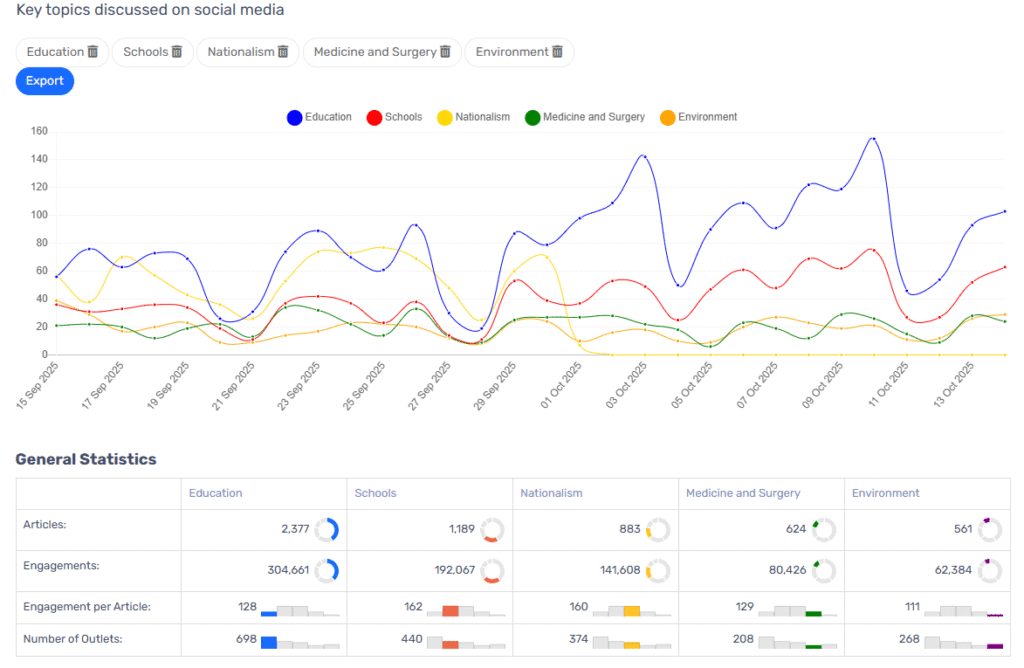
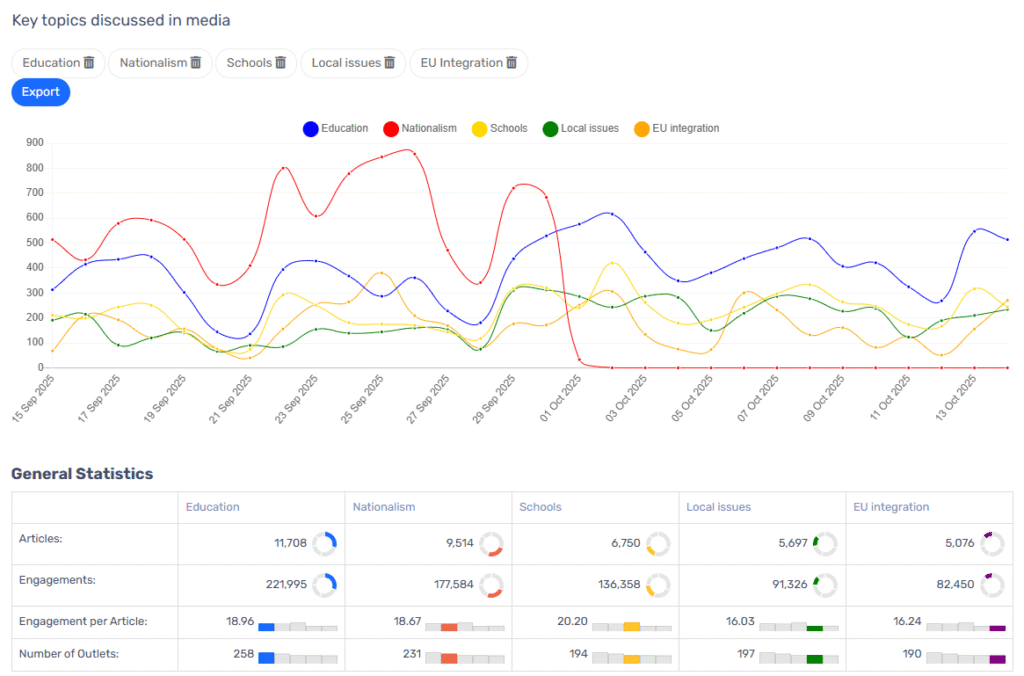
Financing of civil society is fully absent
The analysis shows that the topics related to civil society financing are not on the agenda of any of the candidates promoted in the media. There is no discussion on the role of the CSOs in local democracy, there are no promises for support to civil initiatives, there is no vision for cooperation between the local government and the organized citizenship.
This is no surprise, but it is an important finding for the civil sector: without proactive inclusion of these topics in the public debate, they risk to remain invisible not only in the campaign, but also in the coming four years of local management.
Where does the discussion take place?
The analysis of the platforms for publishing of information reveals significant imbalance between those where the politicians invest and those where the audience really reacts.
Although the politicians mostly post on YouTube (on average 36 posts per politician), this platform gives one of the weakest results – only around 20 interactions per post. Long video formats are expensive, they require many resources, but they do not give the desired effect.
As opposed to this, TikTok appears to be the most powerful platform – with an average of 598 interactions per post. The short, vertical video format is the most efficient way of mobilizing the audience.
Facebook has remained a platform for broad outreach and amplifying of the contents/message, while Instagram functions as a bridge for visual story telling. Telegram shows high activity (~37 posts per politician), but with almost zero reactions – which means that it is a platform for one-way broadcasting rather than for a real dialogue with the citizens.
Hate speech
Toxic contents in the on-line space follow two different models:
The highly visible candidates face large scale, but low intensity of toxicity – for example, around 4-5% of the comment have been classified as hate speech, but the number of these comments is high because of the big total range of discussion.
Smaller, narrower campaigns show lower scope, but higher intensity – where the rates of toxicity cane reach to 12-18% which implies narrower, but more polarized audiences in which the insulting contents are easier to be rooted.
The highest risk is not in absolute numbers only, but in the intensity and context: on-line toxicity is focused under posts with conflict framing, identity signals or opposition messages, and on small number of portals and Facebook pages that constantly spread the most active discourse.
Methodology
The data in this overview come from a comprehensive monitoring of the public discourse conducted via Pikasa Analytics platform, which combines automatized monitoring with an advanced analysis of the contents from the on-line media and social networks.
Civica Mobilitas is a project of the Swiss Government implemented by MCIC, NIRAS from Denmark and FCG from Sweden. The opinions and views expressed in this article do not reflect the views of the Swiss Government.


